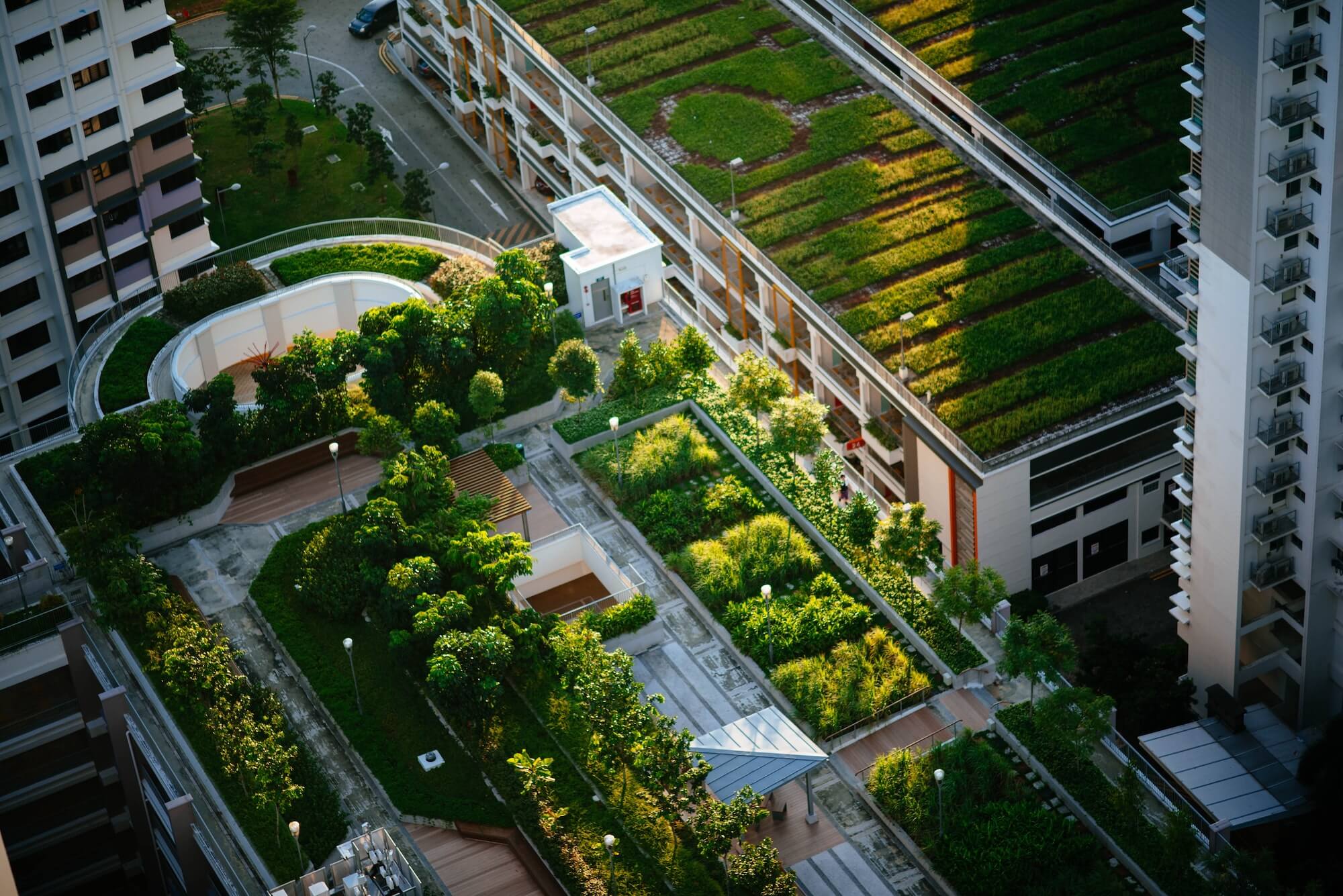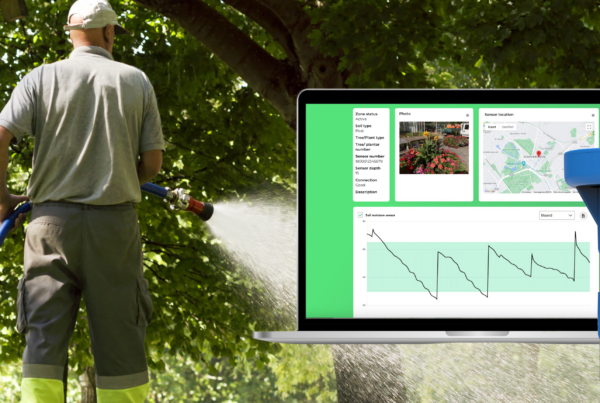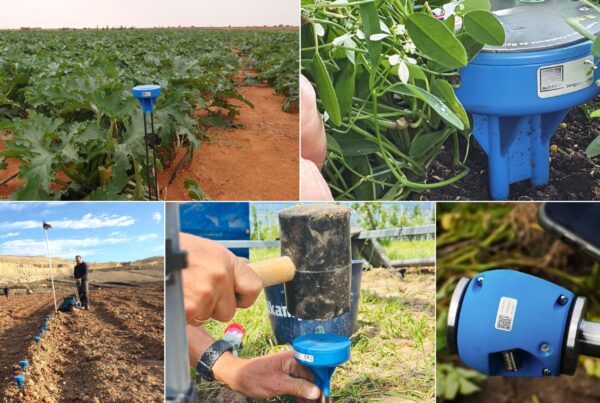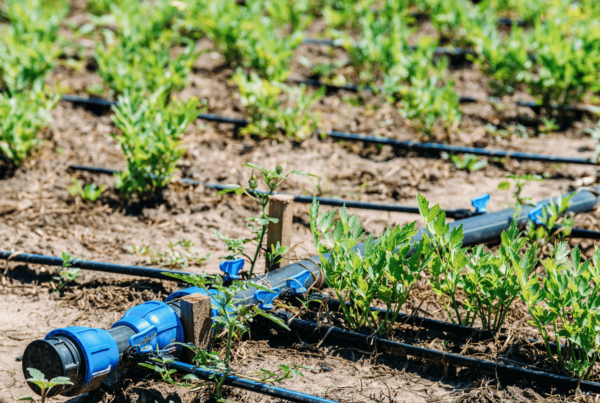Unveiling the Power of Integrated Sensors: Revolutionizing Urban Green with René Voogt of ConnectedGreen
Join us for an in-depth exploration into the world of urban green spaces as René Voogt, Founder of ConnectedGreen and Co-CEO/Commercial Director of Sensoterra, sheds light on the pivotal role of sensor technology and integrated data in elevating urban greenery across the Netherlands.
In an enlightening episode of the Internet of Nature Podcast hosted by Dr. Nadine Galle, René Voogt delves into the multifaceted landscape of urban green management, tree care, and the transformative potential of connected sensors for enhancing our urban green environments.
🎧 Listen to the complete podcast here: S3E6 – René Voogt of ConnectedGreen
Balancing Nature with Urban Development
As cities endeavor to expand their urban green footprint by planting trees in diverse settings, including sidewalks, rooftops, and even underground parking garages, they aspire to infuse a ‘natural’ ambiance into the urban fabric. While this endeavor brings forth numerous advantages for city dwellers, it simultaneously presents unique challenges for the trees that inhabit these less conventional environments.
Tree root systems are inherently intricate, encompassing sprawling networks with wide-reaching branches or deep taproots. These root structures are adept at facilitating nutrient and moisture absorption while actively contributing to the vital process of carbon sequestration. However, when trees are positioned above sealed environments, their root systems become susceptible to environmental fluctuations, particularly in soil conditions and moisture availability.
Harnessing the Potential of Integrated Data
Traditionally, municipal landscape contractors adhere to structured schedules for irrigation and fertilization, often including commitments to ensure plant growth during the initial year, with maintenance contracts extending for an additional 2-3 years post-planting.
Empowered by an array of sensor types, alongside real-time soil moisture data encompassing weather insights, satellite imaging, and drone data, ConnectedGreen empowers landscape managers with invaluable insights. This data-driven approach enhances plant health, streamlines operational processes, and fortifies the overall sustainability of urban green spaces. Sensoterra, with its wireless soil moisture sensors, seamlessly integrates data into customized dashboards, ensuring efficient urban green management.
Conquering the Challenge of Hydrophobic Soils
An omnipresent challenge in urban landscaping lies in addressing hydrophobic soils, which mimic the behavior of paved surfaces. This phenomenon underlies the occurrence of flash floods in drought-affected areas. When soil fails to absorb water, giving rise to surface runoff, it adversely affects plant health and introduces complexities in urban water management. This underscores the significance of urban landscaping and the pivotal role of Natural Based Solutions in water management for urban ecosystems.
Thankfully, preventing the development of hydrophobic soils is an attainable goal, hinging on effective irrigation management and a profound understanding of soil dynamics.

Figure 1: Large irrigation events yield limited long-term impact. (Source: ConnectedGreen)
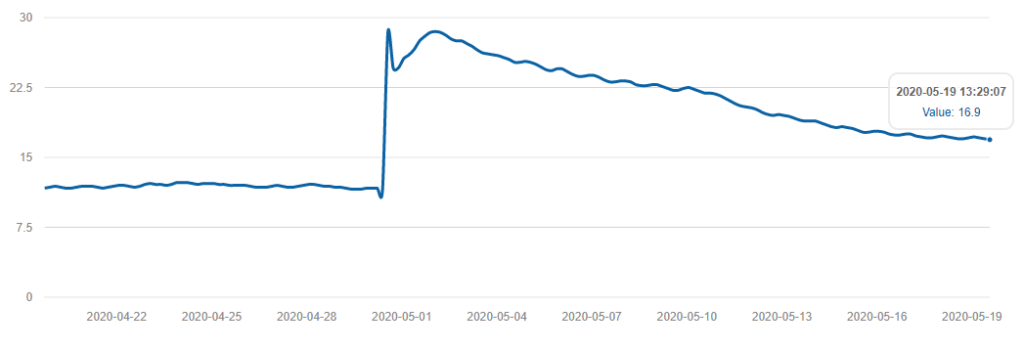
Figure 2: Frequent, smaller-scale irrigation events significantly bolster soil health. (Source: ConnectedGreen)
About Sensoterra
Sensoterra develops low-cost, simple, and robust wireless soil moisture sensors, providing actionable insights that enable water management platforms and solutions. Our sensors are built to integrate into any platform with our unique ‘API first’ philosophy – offering freedom and flexibility for data integration. It is our mission to enable water management platforms and solutions worldwide. We help by ‘Making Sense of Water’. We produce simple, robust, and low-cost wireless soil moisture sensors that are easy to deploy and built to integrate. With proven success in the applications of smart city landscaping, environmental monitoring, and precision agriculture, the Sensoterra solution integrates seamlessly in existing water and land management platforms.
Contact for more information, pictures and/or interview requests:
Jessica Nuboer
Marketing & Communications
Sensoterra
Email: [email protected]

